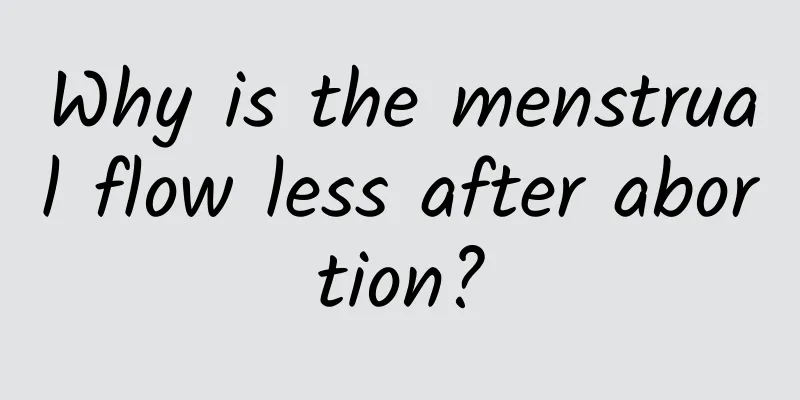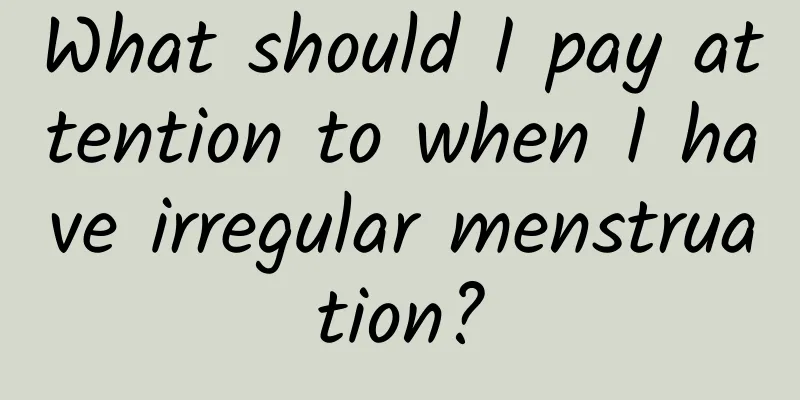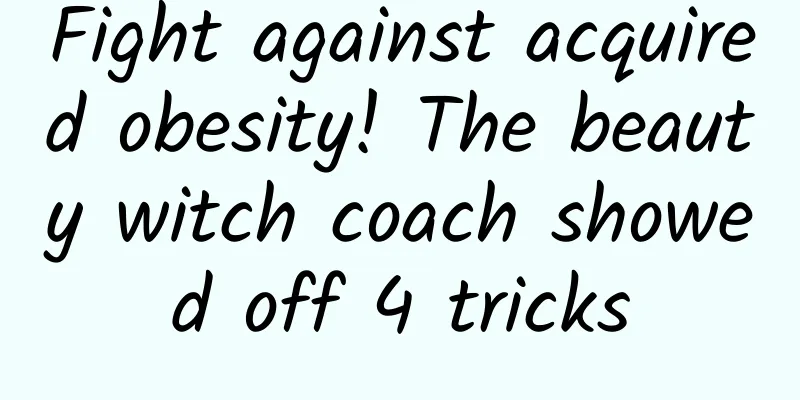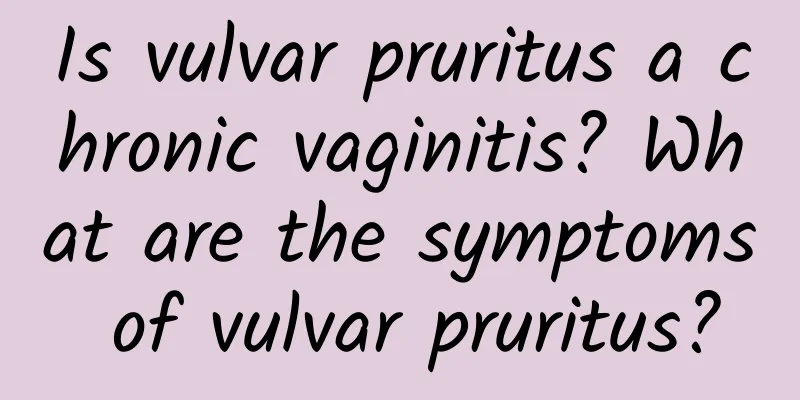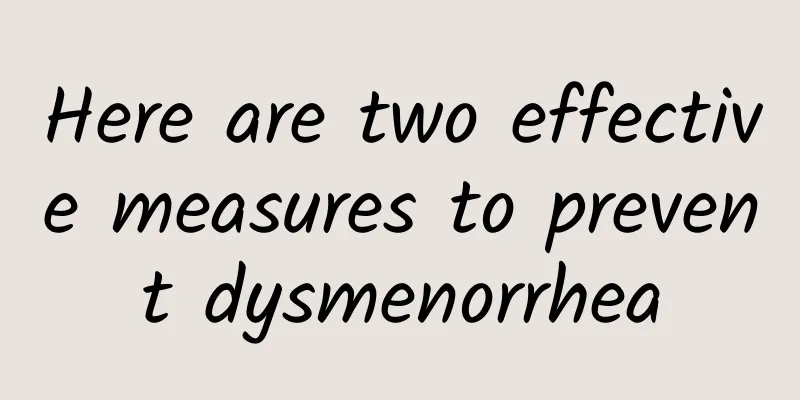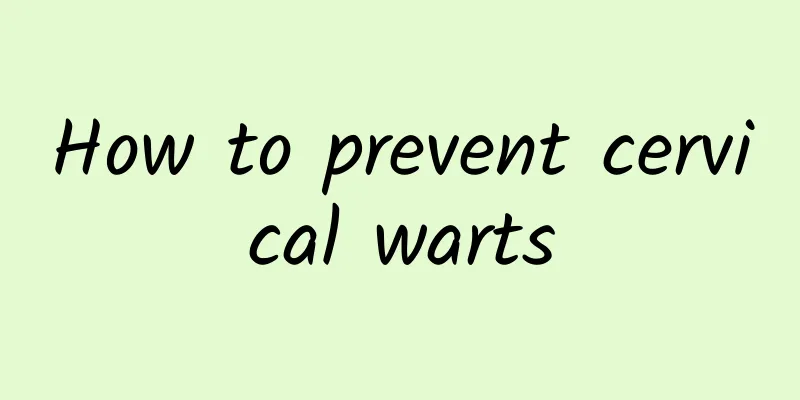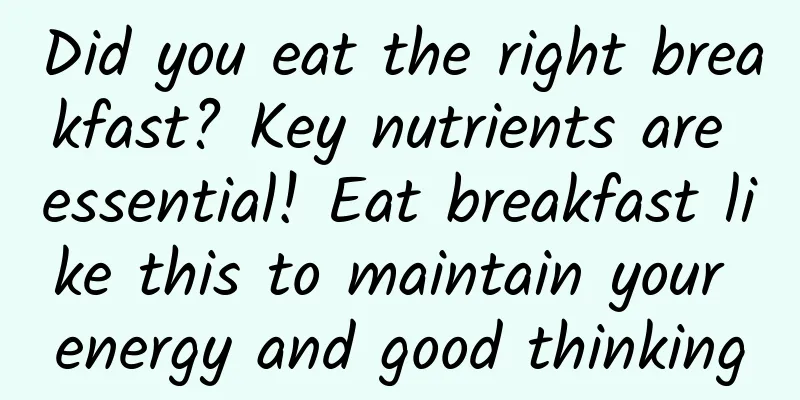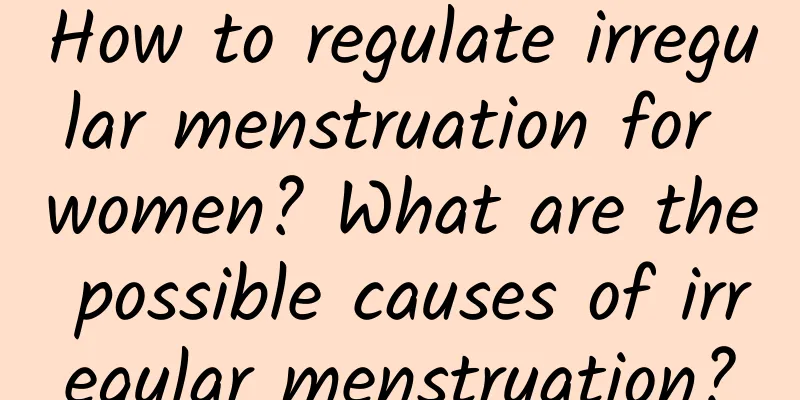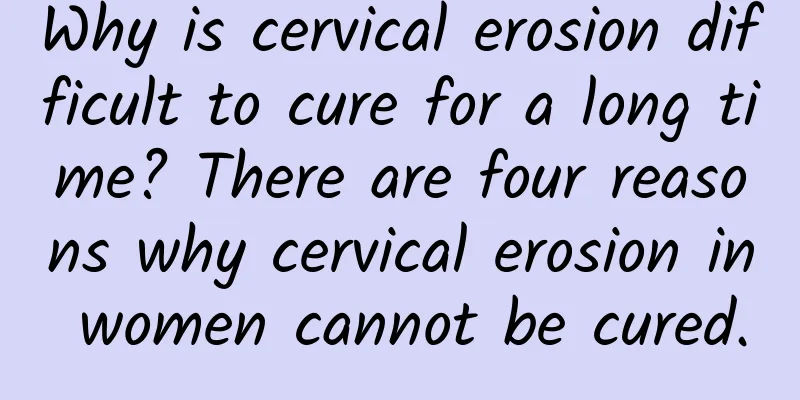Massage for amenorrhea
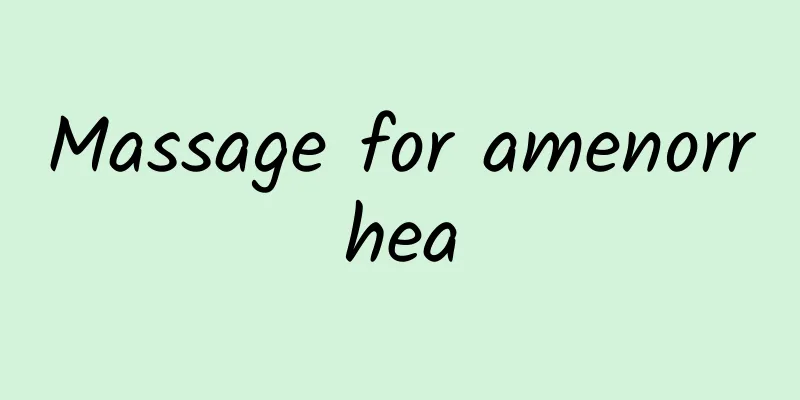
|
Women who are 18 years old or older and do not have their periods or have their periods for several months and have other symptoms are called amenorrhea. The former is called primary amenorrhea and the latter is called secondary amenorrhea. The massage methods for different types of amenorrhea are as follows: (1) Analysis of Qi and blood deficiency : Qi and blood deficiency, Chong and Ren meridians are out of balance and menstruation occurs. Blood deficiency cannot be delivered to the upper part, so dizziness occurs. Qi and blood deficiency, empty heart meridians, so shortness of breath occurs when moving. These are all symptoms of deficiency. Massage techniques: The patient lies prone, and the doctor presses the spleen, diaphragm, and kidney points with the thumbs of both hands to activate blood circulation and remove blood stasis, replenish deficiency, regulate qi and blood, replenish spleen qi, promote the source of metabolism, and replenish kidney qi; use the iliac point rubbing method to harmonize qi and blood and dredge the meridians. Ask the patient to lie on his back, use the Yunyun Chanchan method, press the Qihai and Zhongwan points to strengthen the spleen and stomach, regulate the meridians, warm and consolidate the lower abdomen, regulate qi stagnation, and replenish kidney deficiency; use the lifting and holding of the three yin meridians of the foot method, press the Sanyinjiao point to nourish yin and suppress yang, and promote qi and blood circulation, so as to achieve the effect of nourishing yin and blood and replenishing Chong and Ren meridians. (2) Analysis of qi stagnation and blood stasis : The seven emotions cause internal injuries, long-term stagnation of blood stasis, so it is easy to get angry and the side is swollen. The chest meridian is blocked, so the abdominal distension and pain are resistant to pressure, and it is even worse when pressed. All of these are signs of liver qi stagnation and meridian obstruction. Massage technique: The patient sits, and the doctor presses the liver and diaphragm points with the thumbs of both hands to relieve qi stagnation and promote blood circulation and remove blood stasis. Ask the patient to lie on his back and apply the Yunyun Chanchan method, pressing Zhongji and Guilai to promote the flow of Qi in the lower Jiao and regulate Chong and Ren meridians; apply the Ti-Na Zu Sanyin method, pressing Xuehai, Sanyinjiao, and Xingjian, to achieve the functions of activating and unblocking the meridians, dredging the meridians, regulating Qi and activating blood circulation, dredging the liver and tonifying the kidney, and dredging the liver Qi. Qi stagnation will be transformed, Qi movement will cause blood movement, and blood movement will remove blood stasis. (3) Analysis of liver and kidney deficiency : Liver and kidney deficiency, Chong and Ren meridians are not strong, and blood cannot be carried upward, so the complexion is dark. Tinnitus. The kidney is the home of the waist. Kidney deficiency will not take care of the waist, so the waist is sore and tired. Massage and Tuina techniques: The patient sits, and the doctor presses the Shenshu and Ganshu points with the thumbs of both hands to replenish kidney Qi, dredge the liver and promote bile secretion. For those with kidney yin deficiency, press the Geshu and Ganshu points to replenish Qi and blood, nourish Yin and blood; rub the Mingmen point horizontally to warm and tonify the kidney Yin, nourish Yin and suppress Yang. Ask the patient to lie on his back and use the Yunyun Chanchan method to press Guanyuan, Qihai, and Zhongji to regulate Chong and Ren, replenish kidney yang, and strengthen Yuanyang. For those with kidney yin deficiency, use the Li Na Zu San Yin method and press Gongsun to regulate the spleen and stomach and regulate Chong and Ren. (4) Analysis of cold dampness stagnation : Blood is condensed by cold dampness. Stagnation and stagnation lead to amenorrhea. The cold evil is dominant, so the lower abdomen is cold and painful. The dampness is the most serious, so there is chest tightness, nausea, loose stools, and excessive leucorrhea. These are all signs of dampness and cold. Massage and Tuina techniques: For those with partial coldness: The patient sits. The doctor presses the spleen and kidney points with the thumb to regulate kidney qi and spleen qi and harmonize the blood. Ask the patient to lie prone and use the Tui An waist and back method to regulate qi and blood, warm the meridians and dispel cold. Unblock the meridians and activate the collaterals. Ask the patient to lie on his back and use the Yunyun Chanchan method to press Zhongji to replenish the lower Yuan, regulate Chong and Ren, warm the meridians and dispel cold. For patients with partial dampness: The patient sits, and the doctor presses Fengmen and Pishu to dispel wind and regulate qi, regulate spleen qi, nourish blood and nourishment, and remove dampness. Ask the patient to lie on his back, use the method of lifting the three yang meridians of the foot, press Yanglingquan and Guanyuan to nourish the kidney and strengthen the foundation, nourish the lower abdomen, remove dampness and dissipate cold, and dry dampness and clear turbidity. |
<<: Chinese medicine tea therapy for amenorrhea
>>: What are the food health treatments for amenorrhea
Recommend
Tap your face to lose weight? Doctor: Press 4 acupoints to get a firm grip
Foreign media reported that a new book titled &qu...
How to treat moderate cervical erosion
Moderate cervical erosion can be treated with med...
What are the general methods for preventing cervical erosion?
What are the general methods for preventing cervi...
Will eating honey make you fat? 5 major myths busted at once!
Honey is fragrant and sweet. It can be made into ...
How to cure cervicitis? Women can try several dietary treatments for cervicitis
When talking about common gynecological diseases,...
The busier the office workers are, the more they like to eat snacks, and obesity follows! Beware of these 5 snack landmines
Snacks are a favorite of many people. They like t...
Some treatments for pelvic effusion
Pelvic effusion is a pelvic inflammatory exudate ...
What is the charge standard for abortion in Shenzhen?
There are medical abortion and instrumental abort...
Compare weight loss surgeries and evaluate carefully to enjoy good health (Part 1)
First of all, it must be emphasized that the purp...
How long does it take for menstruation to come after a miscarriage?
How long does it take for menstruation to come af...
Precautions and treatment after artificial abortion
What should you pay attention to and how to regul...
What medicine is good for women with cervical erosion of degree 2? These methods can also treat cervical erosion of degree 2
The problem of cervical erosion is a big problem ...
What are the harms of cervical warts to the body?
There are many sexually transmitted diseases in t...
What are the early treatment methods for vulvar leukoplakia?
What are the early treatment methods for vulvar l...
Apples are Park Min-young’s favorite for weight loss! Which apple is better, red or green? Hou Wenyi nutritionist: 3 major groups should eat less
The apple diet, which was popularized in Japan, i...
